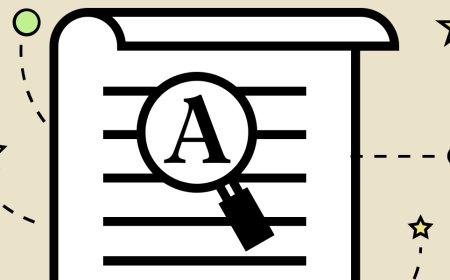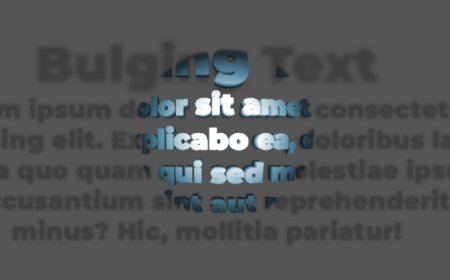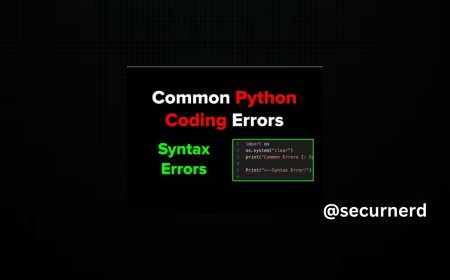JavaScript Dialogs
JavaScript dialog boxes provide an easy way to receive inputs from visitors and output results for them to see. We can use these functions to make all sorts of things!!

JavaScript dialog boxes provide an easy way to receive inputs from visitors and output results for them to see. We can use these functions to make all sorts of things!!
Before we begin…
I highly recommend following along in this article! It’ll help you understand and remember the concepts better. To get started, create this HTML file and then open it up in your browser:
<html> <head> <title>JavaScript Dialogstitle> head> <body> <script> // Exciting code coming soon! script> body> html>
If you want to try out some JavaScript, you can put it in the







